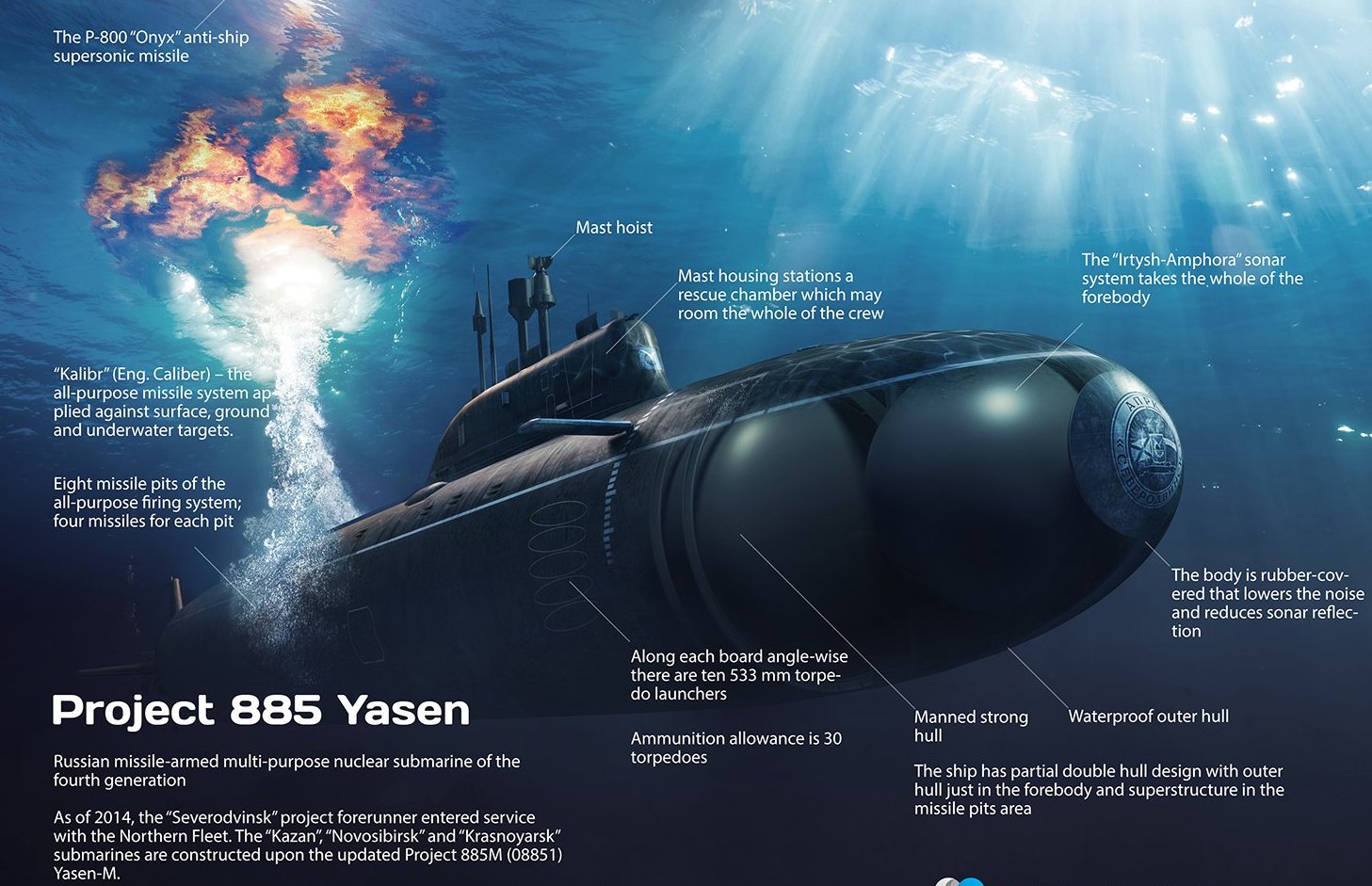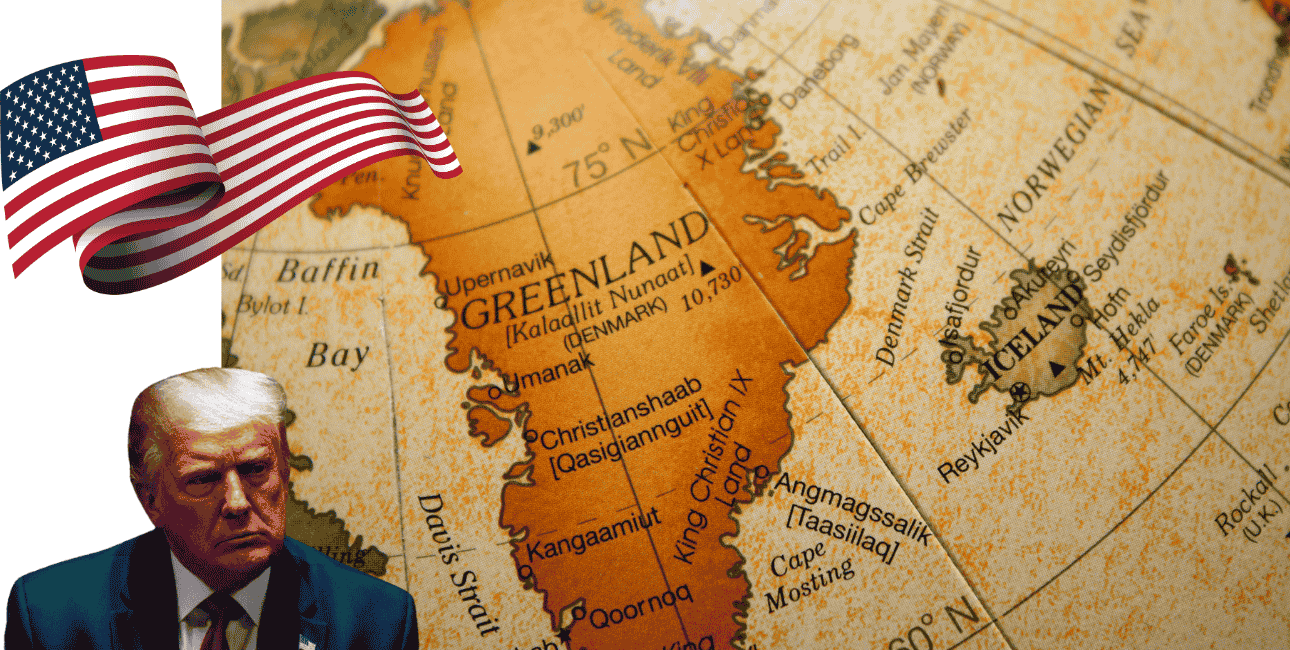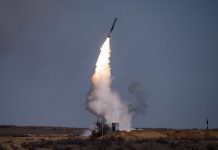Two years after Iceland authorised the entry of nuclear-powered submarines into its territorial waters, an American nuclear submarine recently docked at the port of Reykjavik.
The historic first has come at a time when the tensions in the Arctic are rising. The docking has another important implication, as the island sits on a crucial route used by Russian submarines.
On July 9, the American Los Angeles-class nuclear submarine USS Newport News docked at the Icelandic port for servicing. This is the eighth submarine to visit Iceland’s maritime zone since April 2023, when the country opened its waters to nuclear submarines, but it is the first time it has docked at the port.
The nuclear submarine is not nuclear armed, Iceland announced, but the signalling could not have been clearer.
The docking has signalled an enhanced maritime security posture of NATO in the North Atlantic and Arctic regions; it underscores deterrence against Russia’s expanding military presence and sustains freedom of navigation.
The suspicions of Russian sabotage in the Baltic Sea have raised concerns about the security of the undersea cable. Armed with Tomahawk missiles and equipped with advanced underwater warfare capabilities, the move aims to bolster the protection of critical infrastructure, such as the submarine cables around Iceland.
The importance of Iceland, located in the so-called GIUK (Greenland-Iceland-United Kingdom) corridor, in America’s strategic calculus cannot be overstated.
The US had used Iceland as an advanced base for stealth B-2 bombers in 2019. With American nuclear submarines operating from its ports, the country reinforces its role as the sentinel in the North Atlantic.

The Russian submarines from the Northern Fleet in Murmansk travel through this GIUK corridor, including Russia’s most lethal submarines, like the Yasen-class nuclear-powered sub.
Iceland is a key chokepoint that can help in tracking the movements of the Russian submarines before they dive deeper into the Atlantic Ocean.
“Today’s port visit is a pivotal moment, underscoring our unwavering commitment to collective defense and Arctic security,” US Navy Adm. Stuart B. Munsch, commander of US Naval Forces Europe-Africa (NAVEUR/NAVAF), said in a statement. “Our submarine forces are advanced and vital to ensuring the security of our nations and our Alliance – patrolling the depths and providing a deterrent in an increasingly complex and contested world.”
The docking of an American nuclear-powered boat makes a visible statement to its allies that it remains committed to collective defense and Arctic security. It also builds confidence among smaller allies, such as Iceland, in deterrence and defense frameworks.
“The United States and Iceland maintain the shared goal of low tension in the Arctic, with full awareness of Russia’s efforts to build its military presence in the region,” Erin Sawyer, Chargé d’affaires at the US Embassy in Iceland, said in a statement. “Deep coordination with our incredible NATO ally Iceland to achieve this historic visit demonstrates our commitment to freedom of navigation and the security of our allies in the region.”
The Quest For The Arctic
As the polar caps are melting, world powers including the US, Russia, and China are posturing to stake their claim on the mineral-rich region. The Arctic is important for Russia as one-fifth of its territory lies inside the region. Over half of the Arctic Ocean’s coastline is Russian.
Russia has been testing hypersonic missiles, capable of evading American defenses, in the Arctic. In 2023, a joint Russian and Chinese military flotilla patrolled waters near Alaska. China published its first Arctic strategy in 2018 that promoted a Polar Silk Road.
Russia has been pumping money into modernising its frontier after Sweden and Finland joined NATO, and the Baltic Sea became contentious for Russia. This bestowed renewed importance on their Northern Fleet. It has been upgrading and reactivating Soviet era airfields.
The Pentagon is perturbed that Russia has more military bases in the Arctic than the US and NATO combined. This gives Moscow a strategic advantage in the region. In fact, the experts peg West’s military footprint in the Arctic at least a decade behind Russia.
The core of Russian nuclear deterrence has been its nuclear submarines prowling under the thick Arctic ice in the Kola Peninsula. Denmark’s intelligence has indicated that Russia could flex its muscles more aggressively in the region.
The Svalbard islands, which are currently under Norway’s rule, are seen as a potential flashpoint. Norway runs the archipelago that lies at the convergence of the Arctic Ocean and the Atlantic Ocean under an international treaty.
The international treaty gives a toe-hold to Russia, allowing Russian citizens to live in a NATO member country without a visa. Barentsburg is a Russian coal-mining settlement with its own school, a giant Russian consulate, and has been carrying out a Russian military-style parade, all on Norwegian territory.
This has prompted the US to seek control over Greenland, which is considered a key to bolster its defences in the North. President Donald Trump has declared, “We need Greenland for national security. I have been told that a long time ago.”
Greenland’s geography made it a key base during the Cold War. It was the nearest place to deliver the nuclear weapons to the USSR over the North Pole.
The US has a base in the northern part of Greenland, called Thule, which has since been rechristened as Pituffik Space Base. The base is part of the US’s early warning system for missile attacks.

It will be critical for the ambitious “golden dome” project envisaged by President Trump. The forward-looking radars will be positioned in Greenland to detect early and launch.
Securing The North
The Arctic region is emerging as a potential flashpoint with Russia scaling up its military buildup along the border with Finland.
This intention to bolster troops along NATO’s eastern flanks poses a significant security threat to NATO. Additionally, the frequency of Russian submarine visits to the region has increased substantially in recent years. The presence in the GIUK is crucial for the US to safeguard its East Coast.
Russia could block off the entry of American submarines and warships from pushing northward during a conflict by flooding the GIUK Gap and the waters off Norway as a defensive posturing.
This would make it impossible for the American fire to reach Russia’s strategic naval ports on the Barents Sea. The Russian ballistic missile boats will patrol the northernmost latitudes, and lurking beneath the polar icecap, they will reinforce Moscow’s claims in the Arctic.
Not Nuclear Or TNT, China’s H-Bomb May Spark Global Firestorm; Here’s Why It’s Much More Destructive
After decades of neglect, the US is rebuilding its anti-submarine capabilities in and around the GIUK Gap. Before the docking of the nuclear submarine, the US had bolstered its posture in the region by deploying P-8 Poseidon maritime patrol aircraft in Iceland.
According to the plan, the US plans to expand and upgrade runways and construct temporary housing for troops at an Icelandic airfield to support the US military presence in key passageways into the high north.
Apart from Russia, Chinese activity in the region has also become perceptibly larger. With China able to project its economic power well beyond its borders, the Chinese Navy is sending warships in the North Atlantic in increased numbers. The move is aimed at challenging the US Navy’s unfettered naval supremacy in these regions.
The network of formal bases and agreements with foreign countries that allow Chinese warships to use commercial ports has been expanding rapidly. This gives the PLA-Navy the capability to conduct operations at will, not just in the Atlantic, but also in the Pacific, around Europe, off the coasts of Africa, and in the strategic Arctic region.
To counterbalance the uptick in the activities of Chinese and Russian navies in the region, the US has also reactivated the 2nd Fleet for increased patrols and exercises in the North Atlantic.
The Second Fleet is responsible in peacetime for training the Atlantic battle fleet in war-fighting skills, developing and evaluating new naval tactics, and maintaining readiness of the theater battle group. It operates primarily in the Atlantic Ocean from the North Pole to the South Pole and from the shores of the United States to the west coast of Europe.
Based in Norfolk, the Second Fleet operates along both coasts of South America and part of the west coast of Central America. The US Second Fleet traces its origins to the reorganization of the Navy after World War II in December 1945, with the formation of the US Eighth Fleet. In February 1950, the command was redesignated to its current title, US Second Fleet, and is a part of US Atlantic Command.
The 2nd Fleet was discontinued in 2011 due to budget constraints and limited threats in the region at the time. Despite its naval fleet being stretched thin and facing maintenance woes, the US Navy aims to have a fleet of 355 ships to mitigate some of these issues.




